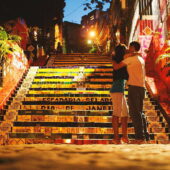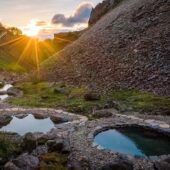What destinations should you include in a trip to Peru?
What destinations should you include in a trip to Peru?
Located in the South Americ an continent, Peru is the third largest country in South America which makes it border with 5 countries, Ecuador, Colombia, Brazil, Bolivia, and Chile. The fact that its surface area consists of more than 1 million kilometers, means it is a destination with a lot of biodiversity and options to visit, having 3 different regions: the coast, the Andes, and the Amazon.
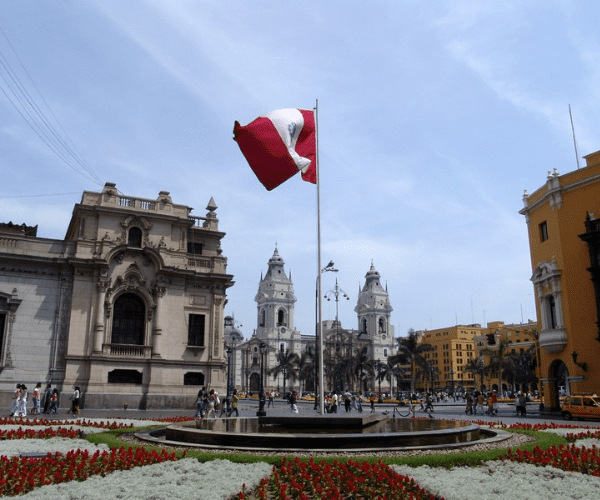
What languages are spoken in Peru Spanish, Quechua, and Aymara are the main languages in that order, also you will find different 47 native languages, spoken by more than 4 million people. Its capital is Lima where more than 10 million inhabitants live.
Undoubtedly, Peru is an ideal destination for all types of travelers, and this can be observed by the fact that the country has 12 sites that have been declared World Heritage Sites by UNESCO, and its archaeological sites exceed the barrier of 100,000. Are you ready to discover how to make your trip to Peru a unique experience? Below, you will find the places you must visit.
Lima – everything starts in the capital
Initially baptized as the ¨City of the Kings¨ by the Spanish in 1535, it is located on the central coast of the country. Did you know that Lima is the only capital city in South America with an ocean view? Yes, you read that right. This makes it more than just an interesting destination where travelers can choose several places to visit from. To begin with, its historic center is undoubtedly the main attraction with very special destinations nearby such as the Cathedral and the government palace, in general, many churches including the bridge chapel, which is considered the smallest in the world. Of course, you can’t miss the opportunity to visit the district of Miraflores where you can visit the archaeological complex Huaca Pucllana characterized by its pyramidal shape. In addition, you can visit other destinations such as the Malecon Costa Verde, and the Larcomar shopping mall where you can visit clothing stores and wonderful restaurants and ice cream parlors while having a beautiful view of the Pacific Ocean.
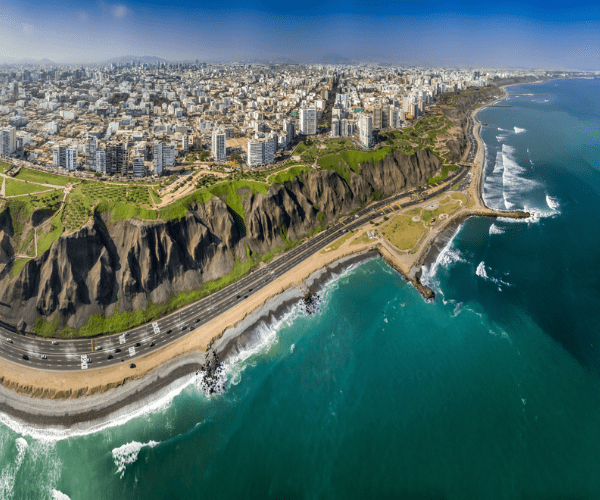
Lima also offers a true gastronomic experience, as you would expect, so we strongly recommend you not to leave without trying the aji de gallina, lomo salteado, and ceviche. Leave us a comment at the end of the blog if you want to know more about these typical Peruvian dishes.
Cusco – more historical than you can imagine
Also known in the world as the navel of the world, its name comes from the Quechua word qusqu which in Spanish means navel, was named for its high altitude in the Andes, which was a very important destination in the continent because in the past had several roads that connected with all the cities of the Tahuantinsuyo (Inca Empire). You may wonder once you arrive in Cusco, what activities should I do?
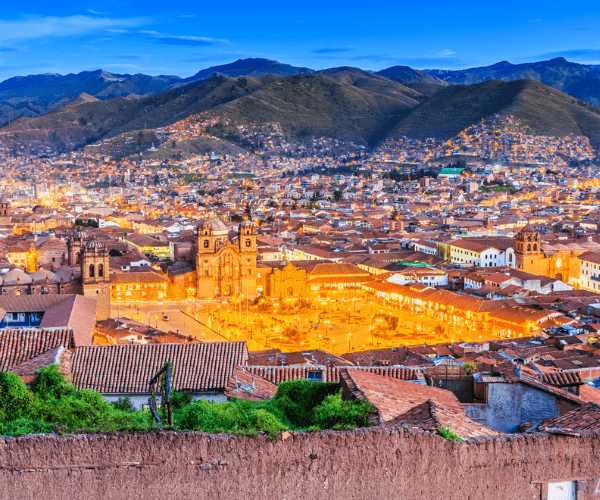
You cannot miss the opportunity to visit the Plaza de Armas located in the historic center of the city, where you can visit the Cathedral, the Basilica de la Merced, and the Compañía de Jesús church, which was built in the old palace of Huayna Capac (He was the antepenultimate Inca of the Tahuantinsuyo). In addition, you can visit the San Pedro market where you will find a great variety of handicrafts, clothes, fruits, and typical food of the area.
If you like to call yourself a historian, or are a history lover, you must visit Tambomachay which was a place of worship of water and a resting place for the Inca elite. Moreover, there is a canal system with two fountains that still work, being a living example of the lifestyle of the city in its heyday. Another option to visit is Qenqo, a ceremonial site where sacrifices and mummification of Inca nobles took place.
Has Cusco convinced you to visit it yet?
Sacred Valley
The Sacred Valley of Peru, also known as the Urubamba Valley, is a region located in the Andes Mountains near Cusco, Peru. It is considered one of the most breathtaking and culturally significant areas in the country. The valley is home to several impressive Inca ruins and archaeological sites. The most famous ones include Pisac, Ollantaytambo, and Chinchero. These sites showcase the remarkable engineering skills and architectural prowess of the Incas.
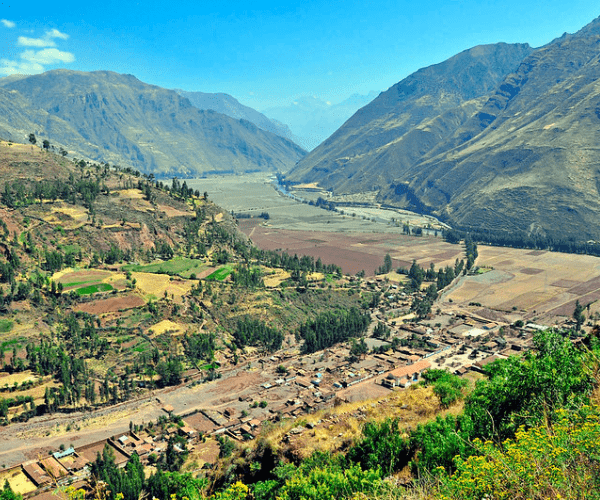
The Sacred Valley is a popular starting point for those journeying to Machu Picchu, one of the New Seven Wonders of the World. Also on the way, you can visit the town of Ollantaytambo, an important transportation hub with a train station that connects to Aguas Calientes, the gateway to Machu Picchu.
Machu Picchu – the Lost City of the Incas
Yes, you saw this coming! Machu Picchu is an ancient Inca city, and it is a must-visit for all travelers to Peru; it is situated on a mountain ridge at an elevation of about 7,970 feet (2,430 meters) above sea level. Machu Picchu is renowned for its impressive architecture, breathtaking views, and its status as a UNESCO World Heritage Site.

The city was built in the 15th century by the Inca civilization and remained hidden from the outside world until its rediscovery by the American explorer Hiram Bingham in 1911. Machu Picchu is often referred to as the “Lost City of the Incas” because it was unknown to the Spanish conquistadors during their conquest of the region. Machu Picchu consists of numerous stone structures, including temples, houses, terraces, and agricultural fields. The architecture displays the remarkable engineering skills of the Inca civilization, with stones meticulously cut and fitted together without the use of mortar.
IMPORTANT NOTICE:
If you are reading this article anywhere other than on A Luxury Travel Blog, then the chances are that this content has been stolen without permission.
Please make a note of the web address above and contact A Luxury Travel Blog to advise them of this issue.
Thank you for your help in combatting content theft.
Nazca Lines – an enigmatic natural wonder
The Nazca Lines. Spanning an area of about 450 square kilometers, these enormous geoglyphs etched into the desert floor have puzzled and fascinated archaeologists, historians, and curious travelers for decades. The Nazca Lines are an intricate network of straight lines, geometric shapes, and more than 70 stylized figures, including animals, plants, and humanoid forms. What sets them apart is their colossal size, some measuring up to 300 meters in length. These geoglyphs were created by removing the reddish-brown iron oxide-coated pebbles that cover the surface of the Nazca Desert, exposing the lighter-colored soil beneath.
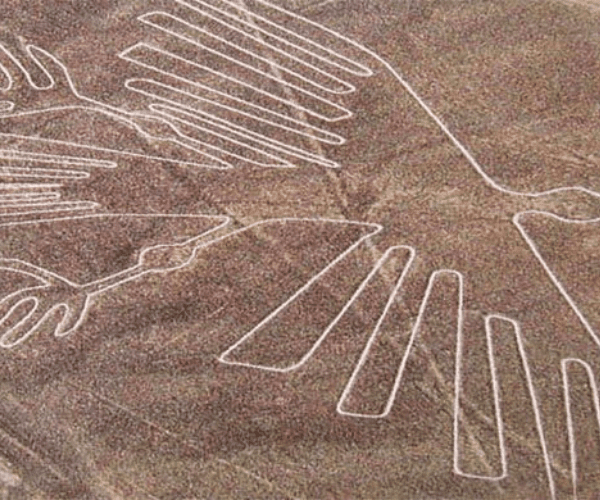
Believed to have been created by the Nazca civilization between 500 BCE and 500 CE, the lines have weathered the test of time remarkably well, with some estimates suggesting they’ve remained intact for over 2,000 years.
You can get on small planes, which fly over this territory allowing you to have a more complete and panoramic view of the magnitude of the Nazca Lines.
Now you know which destinations you can’t exclude in your visit to Peru, you can expect a trip full of adventure, history, tradition, and true gastronomic experiences, so be sure to enjoy every day of your itinerary. Let me know in the comments if Peru has made it to your bucket list, or if you have already visited it, this article has made you want to visit this wonderful country again.
Marcel Perkins is CEO at Latin Trails. Latin Trails is an incoming destination management company specialized in bespoke tours, with a focus on offering unique experiences throughout Ecuador, the Galapagos Islands, and Peru.
If you would like to be a guest blogger on A Luxury Travel Blog in order to raise your profile, please contact us.
